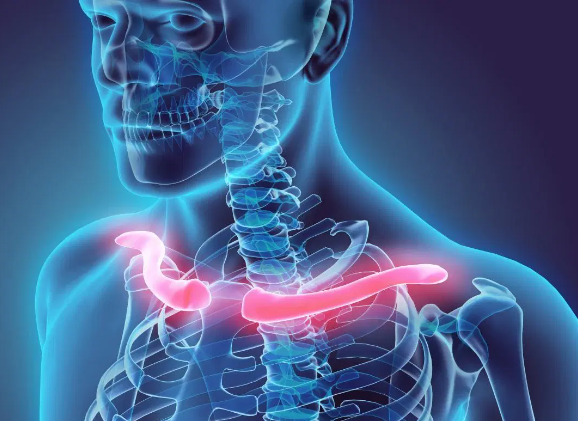The Weakest Bone in the Body: Exploring the Fragile Structure
The human skeletal system is a remarkable framework that provides support, protection, and mobility. However, not all bones are created equal in terms of strength and resilience. In this article, we will delve into the topic of the weakest bone in the human body, unraveling its identity, location, and significance. Understanding the vulnerabilities of our skeletal structure can help us appreciate the importance of bone health and take proactive measures to protect our bodies.

Top 5 strongest bones in body
I. Introduction system skeletal
1. The Skeletal System: A Foundation of Strength
Before we identify the weakest bone, let's briefly explore the remarkable system that supports our bodies. The human skeletal system consists of 206 bones, each with a specific shape, function, and level of durability. Bones provide structural support, allow for movement, protect vital organs, and serve as a storage site for minerals.
2. The Weakest Link: Unveiling the Fragile Bone
Among the 206 bones in the human body, one stands out as the weakest in terms of its susceptibility to fractures and injuries. This bone is none other than the "clavicle" or the collarbone.
II. The Fragility of the Clavicle
1. Anatomy and Location
The clavicle is a long, slender bone that connects the sternum (breastbone) to the scapula (shoulder blade). It is positioned horizontally across the upper part of the chest, forming the front portion of the shoulder girdle. The clavicle plays a crucial role in providing support and facilitating the movement of the arms.
2. Vulnerability to Fractures
Despite its significant role, the clavicle is prone to fractures due to its anatomical structure and exposed position. Its long, slender shape and location near the surface of the skin make it more susceptible to external forces and impact during falls, accidents, or sports-related injuries.
III. Factors Affecting Bone Strength
1. Bone Density and Mineralization
The strength of a bone depends on various factors, including bone density and mineralization. Bone density refers to the amount of mineral content present in the bone, which contributes to its strength and resistance to fractures. Insufficient mineralization and decreased bone density can weaken bones, including the clavicle.
2. Age and Hormonal Changes
As individuals age, their bone density naturally decreases, making bones more susceptible to fractures. Additionally, hormonal changes, such as decreased estrogen levels in women during menopause, can further contribute to bone loss and increase the risk of fractures.
IV. Preventing Weak Bones
1. Nutrition and Bone Health
A well-balanced diet rich in calcium, vitamin D, and other essential nutrients is vital for maintaining strong and healthy bones. Foods such as dairy products, leafy greens, fortified cereals, and fatty fish can help promote optimal bone health.
2. Exercise and Weight-Bearing Activities
Engaging in weight-bearing exercises, such as walking, jogging, or resistance training, helps promote bone density and strength. Regular physical activity stimulates bone growth and reduces the risk of osteoporosis and fractures.

The clavicle
The clavicle, or collarbone, is widely recognized as the weakest bone in the human body. Its susceptibility to fractures highlights the importance of bone health and the need to take proactive measures to protect our skeletal structure. By maintaining a nutritious diet, engaging in weight-bearing exercises, and adopting a healthy lifestyle, we can support the strength and integrity of our bones, including the fragile clavicle.